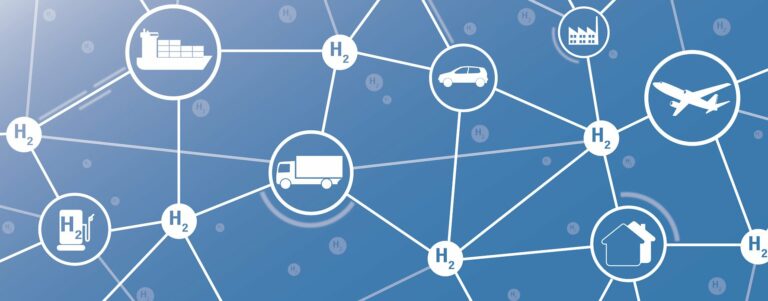The TransHyDE research consortium ‘Standardisation and Certification’ has reached a major milestone in its mission to pave the way for a hydrogen economy: in late March, it finalised its work on a database that for the first time centralises information on existing standards, technical regulations, certifications and other related criteria in one location.
This will provide legal certainty planners and operators of hydrogen infrastructure and is essential to establish a hydrogen-based energy supply.
The database reflects the current status of existing norms, standards and certification programmes as well as reports and guidelines relevant to the hydrogen infrastructure topics under investigation by the consortium. New data will be added in the course of the project, and existing entries will be updated. The database currently includes 682 entries.
The overall statistical evaluation, based on the level of ‘hydrogen (H2) readiness’, shows that more than half (56%) of the existing rules and standards are already applicable to hydrogen or are not directly affected by the application to hydrogen. Only 3% of the criteria were found to be ‘partly H2-ready’. This category includes hydrogen compatibility of up to 20%. The evaluation of liquid organic hydrogen carriers (LOHC), which is not representative due to the small number of datasets available, shows that, of the 89% of regulations entered in the database, 100% are applicable to hydrogen. The influence on the overall evaluation is very small. In the case of liquid hydrogen (LH2), pipes and containers, the ‘partly H2-ready’ category is equally poorly represented. However, the overlap between ‘100% H2-ready or not affected’ and ‘not H2-ready or not tested’ differs greatly between individual subject areas. Ammonia stands out in the statistical evaluation, as 100% falls in the category ‘100% H2-ready or not affected’. Of the data entries, 41% ‘are not H2-ready or not tested.’
The structure of the database divides the data entries into six tabs, which represent different subject areas. These include liquid transport of hydrogen, as well as transport in pressure vessels and in pipelines, as well as transport in the form of ammonia or bound to LOHC. For ammonia, regulatory framework conditions were analysed in addition to existing regulations.
The ‘Anleitung’ tab explains all of the important and potentially unclear terms in the database. The final tab, ‘Auswertung’, contains the statistical calculations for the collected data. With the exception of ammonia legislation, the different subject areas adhere to the same structure. The structure deviates for legislation because the focus here is on the analysis of laws and regulations.
Press statements
Susan Wilms, IKEM Managing Director: ‘The first major milestone in TransHyDE-Norm has been reached. The database on hydrogen transport standardisation and certification provides a central starting point that we can use to identify existing needs for reform. This will be the subject of the second work package. Together with our project partners, we’re making an important contribution to making Germany hydrogen-ready. These days, this is more relevant than ever. I’m pleased that IKEM will continue to play a key role in this process.’
Judith Schäfer, Head of IKEM’s Energy Law Department at IKEM: ‘Uniform specifications in the form of norms, standards and certification programmes are extremely important for hydrogen transport. The legal system establishes the framework conditions for technical regulation, which means that adjustments at the level of technical regulations must go hand in hand with further development of the higher-level legal framework. The database created by the TransHyDE-Norm consortium provides an opportunity to take stock of the status quo for technical regulation, as well as for its points of contact with the legal system. That’s an important first step in determining current regulatory gaps and developing solutions that advance the development of hydrogen transport regulations while ensuring legal certainty.’




